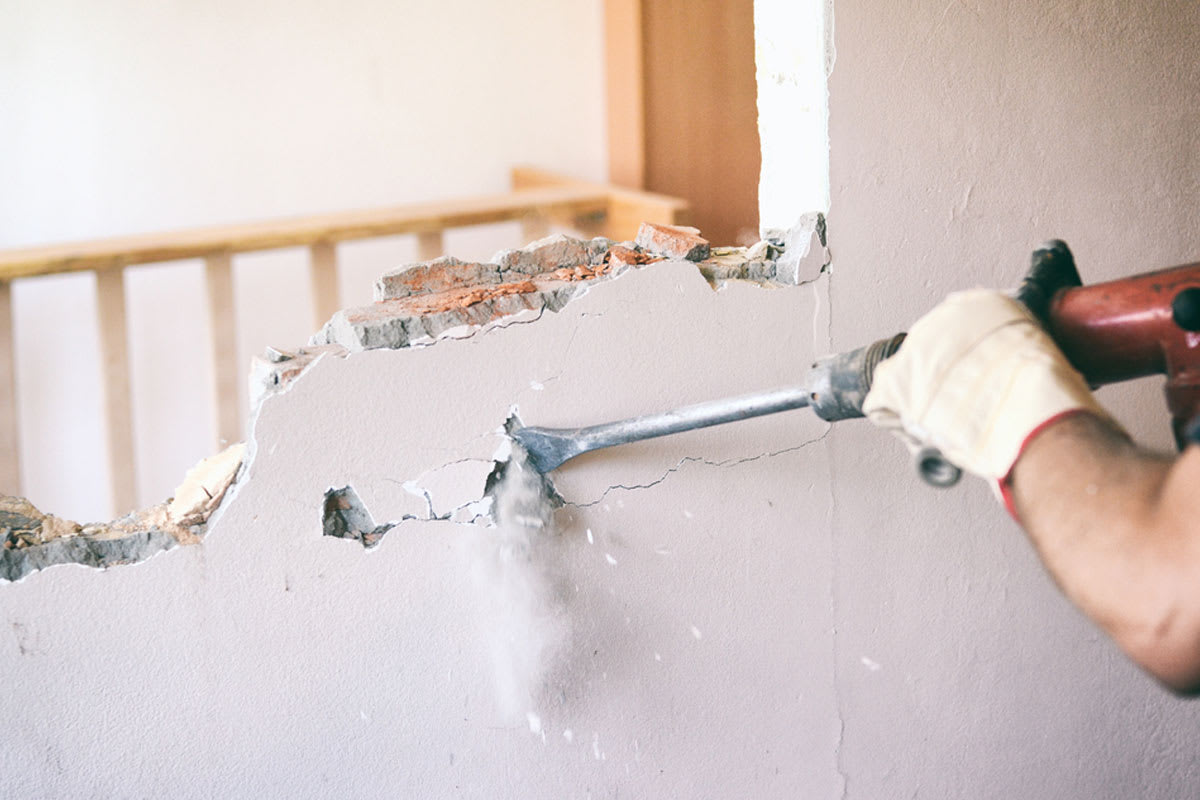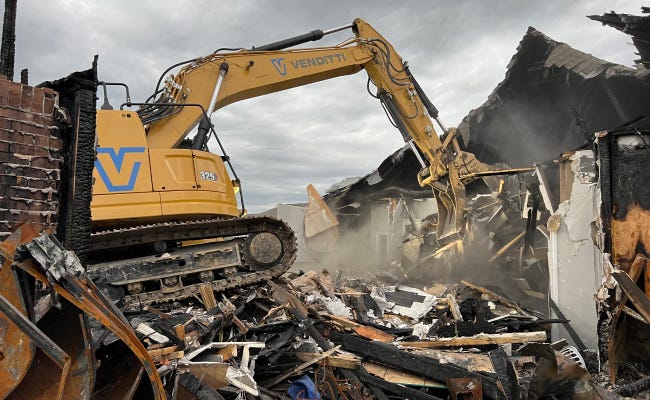Expert Secrets for Streamlining Your Interior Demolition Refine
When it comes to interior demolition tasks, efficiency is key to ensuring an effective outcome within spending plan and on schedule. Numerous professionals in the sector have developed expert tricks that can significantly streamline the demolition procedure, making it smoother and a lot more cost-effective. By applying strategic planning, utilizing the right devices, and optimizing waste administration methods, you can change your demolition tasks into well-oiled operations. However, there is one important facet that usually goes overlooked, and it can be the game-changer you need to elevate your demolition procedure to a whole new level.
Preparation and Prep Work
In the initial stages of interior demolition, thorough preparation and thorough preparation are important for guaranteeing a smooth and efficient process. This consists of determining essential areas for demolition, assessing prospective dangers, and developing a clear timeline.
Creating a thorough plan that outlines certain jobs, duties, and deadlines will certainly function as a roadmap throughout the demolition procedure. Furthermore, acquiring any essential licenses and making certain compliance with policies are essential actions to avoid problems or hold-ups. Sufficient website prep work, including security measures and protection of bordering frameworks, is also a critical aspect of the planning stage.
Moreover, allocating resources properly, such as workforce and equipment, can improve procedures and improve performance. By investing time and initiative right into careful preparation and thorough preparation, indoor demolition tasks can be executed with accuracy and efficiency, eventually resulting in effective end results.
Reliable Device Selection
With the foundation of meticulous planning and complete prep work laid, the following essential action in enhancing interior demolition procedures is the tactical choice of reliable tools. Picking the right devices can considerably influence the rate and effectiveness of the demolition task. When selecting devices, it is vital to consider factors such as the kind of materials being knocked down, the dimension of the area, and the availability of the area.
One trick device for interior demolition is the lever, which is beneficial for eliminating baseboards, trim, and other materials - interior demolition. A reciprocating saw is perfect for reducing via drywall, wood, and various other products swiftly. For bigger demolition tasks, such as damaging down wall surfaces, a sledgehammer or demolition hammer might be required


In addition to handheld tools, power devices like a demolition hammer or rotating hammer can make the procedure much more efficient. Dirt containment tools, such as a HEPA vacuum cleaner, are also essential for preserving a clean and risk-free job environment. By thoroughly selecting the right tools for the task, interior demolition can be completed better and with less effort.
Waste Management Strategies
Effective waste administration techniques are important for keeping a structured and eco aware indoor demolition procedure. Correct waste administration not only ensures compliance with regulations but additionally lessens the influence on the setting. One key approach is to set apart products at the resource to assist in recycling and proper disposal. This involves classifying products such as wood, metal, concrete, and dangerous waste independently to simplify the reusing procedure.
Moreover, partnering with reliable waste monitoring business can assist in sensibly taking care of and disposing of demolition waste. These companies have the know-how and resources to manage various types of waste properly, guaranteeing that materials are disposed of in accordance with policies.
Implementing a waste management their explanation strategy before starting the demolition procedure can assist determine possibilities for recovering products that can be reused or reused, reducing the quantity of waste sent to land fills. Additionally, making use of innovative modern technologies such as waste monitoring software program can boost transparency and liability throughout the waste monitoring process. By integrating these strategies, interior demolition tasks can be implemented efficiently while focusing on sustainability and ecological stewardship.

Team Communication Strategies
Promoting smooth coordination amongst team participants is essential for the success of any type of indoor demolition task. Using tools such as task monitoring software program, messaging apps, and normal team conferences can assist maintain everyone educated and involved throughout the demolition process.
Another vital facet of group communication is establishing expectations and obligations for each and every group member. By clearly defining jobs and roles, confusion and misconceptions can be minimized, resulting in an extra efficient and effective operations. interior demolition. Encouraging open like it dialogue and responses also cultivates a joint environment where staff member feel comfortable sharing concepts and resolving issues
Routine check-ins and progress updates are important for making sure that the job remains on track and any type of potential issues are addressed immediately. By implementing these communication methods, indoor demolition groups can streamline their procedures, enhance performance, and ultimately accomplish successful task end results.
Safety And Security Actions and Procedures
Just how can indoor demolition teams guarantee the highest degree of safety and security on their jobs? Safety protocols and steps play an important role in keeping a safe environment throughout demolition tasks. To prioritize safety and security, teams need to start by performing a comprehensive danger analysis of the site prior to starting any type of work. This assessment should recognize possible risks such as structural instability, electric threats, or the presence of harmful materials.
In addition, it is essential for all team members to receive ample training on safety procedures and methods certain to demolition work. This includes proper handling of devices and devices, as well as comprehending emergency reaction protocols. Individual safety equipment (PPE) must be obligatory for all workers on-site, including tough hats, goggles, handwear covers, and steel-toed boots.
Routine safety and security evaluations and toolbox talks can aid reinforce safety address and security methods and keep all group members educated and vigilant. Additionally, having actually a designated safety police officer or supervisor overseeing the demolition process can offer an added layer of protection and make sure that security procedures are being complied with vigilantly. By implementing these safety procedures and methods, interior demolition teams can minimize threats and develop a safer workplace for all involved.
Final Thought
To conclude, improving the interior demolition process calls for precise planning, efficient device selection, efficient waste monitoring methods, clear team interaction strategies, and strict adherence to precaution and methods (interior demolition). By carrying out these insider tricks, demolition projects can be finished quicker and effectively, leading to expense financial savings and enhanced project timelines
In the initial phases of indoor demolition, meticulous preparation and complete preparation are necessary for making sure a smooth and efficient procedure.With the foundation of thorough planning and extensive prep work laid, the following vital step in enhancing interior demolition procedures is the calculated selection of efficient devices. For bigger demolition tasks, such as breaking down wall surfaces, a sledgehammer or demolition hammer might be necessary.
Effective waste monitoring approaches are vital for keeping a streamlined and environmentally conscious indoor demolition process. Utilizing devices such as task management software, messaging apps, and regular group conferences can help maintain everyone informed and engaged throughout the demolition process.